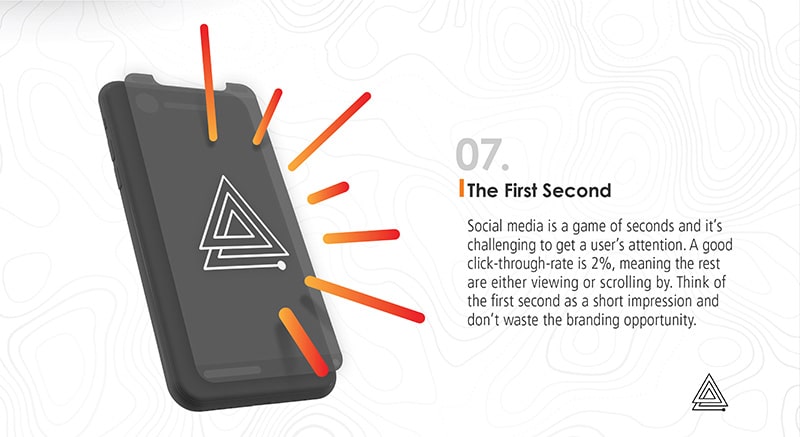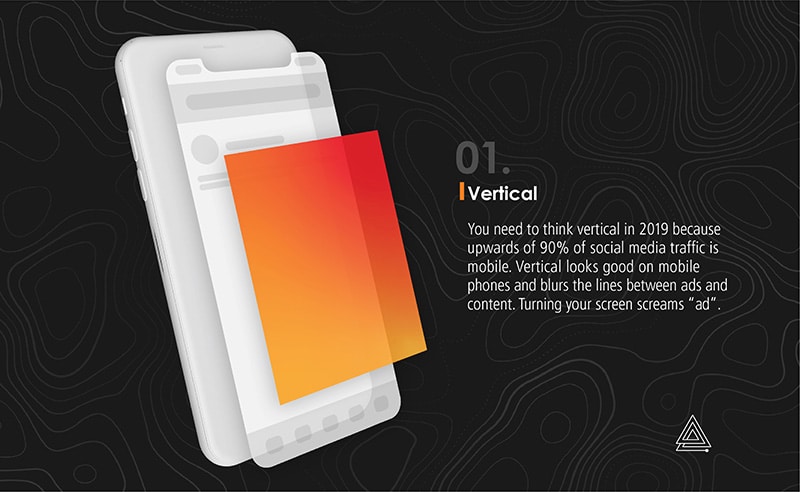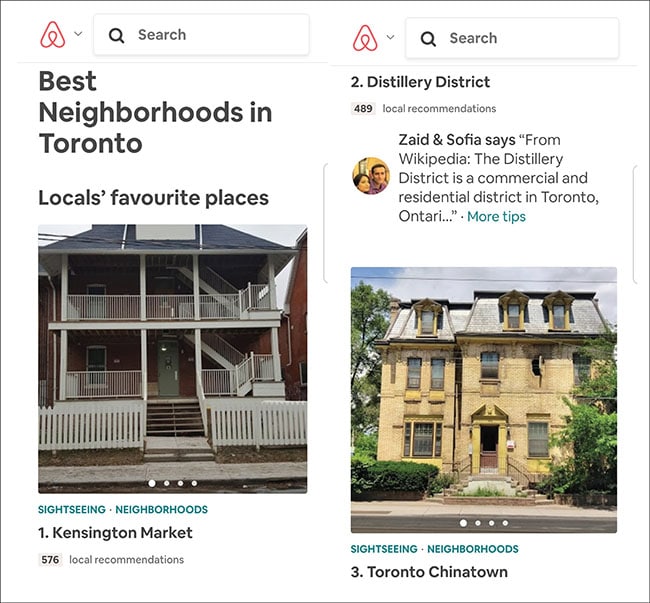Just as television once disrupted the world of print and radio advertising in the late 1940s and early 1950s, mobile is now redefining what it takes to effectively position brands in the minds of target consumers. The best advertisers at the time of TV’s golden era immediately saw the benefit of this new visual medium and developed some truly creative ways to take advantage of its power. But while TV served up a captive audience for brands to cajole for more than five decades, technological progress starting in the ‘90s began to give viewers increasing control over what they chose to watch – first VHS, then Tivo, On-Demand and now subscription services like Netflix and Hulu have all contributed to the steady decline of TV’s advertising ROI.
And now mobile offers advertisers the opportunity to reverse this trend, though it requires a completely new mindset towards communicating with and ultimately influencing our target consumers.
Mobile gives advertisers, like TV before it, an opportunity to offer unique, compelling and engaging content designed to shape brand perceptions and ultimately, purchasing decisions. Unfortunately, mobile doesn’t serve up a captive audience the way television once did. Brands now have mere seconds to mold minds.
Certainly, this is true for the all-important 18 to 34 demographic, whose use of smartphones and social media – but notoriously short attention spans – is near ubiquitous. A Pew Research study shows that 88% of 18 to 24-year-olds used some form of social media in 2018, the dominant platforms being Facebook and Youtube, with more than 70% stating that they visit sites like Facebook and Instagram at least once a day.
So, this is where the audience is.
And once again, we are seeing that the most creative advertisers – those who really understand what it means to have a mobile-first, social media strategy – serve up content that keeps their brand’s image fresh, their users engaged, and their ROI high.
So how does the move to a vertical world impact our branding choices?
Because everything about mobile is different from television; screen size and shape, sound (or often no sound), interactivity, each aspect requires careful consideration.
That multi-drone, 8K, cinematic content with 3D surround sound you spent a ton of money creating, looks and sounds great on a modern desktop monitor or television, even a laptop, but on a 6-inch screen, there are more cost-effective ways to engage your target audience.
This is especially true when you consider that most mobile users never even bother to rotate their devices to get the full effect of that impressive wide-screen content. Indeed, a 2016 study from MediaBrix (now Receptiv) found that fewer than a third of consumers who are compelled enough to even watch an ad will reorient their smartphones to view them.
This is partly due to the staggering amount of content users are exposed to each day. And given the speed with which they generally thumb through that content, we believe that advertisers have about 1 second to make an impact for the brand, and 5 seconds or less to pique users’ interest enough so that they are willing to engage further. And even then, most will still be gone by the 8-second mark.

So, if you expect people to rotate their screens to fully appreciate your epic, Technicolor masterpiece, you are missing a significant opportunity with about 70% of your potential audience.
Advertising designed for vertical first is essential.
Importantly, the focus of brand development should be for the majority of your audience who will only view your content through the lens of a mobile device, likely giving you only those precious 5 seconds. But with the right creative approach, there’s still a lot that can be accomplished in that short time
Now does that mean it’s ok to ignore the value that wide-screen content can deliver to your target audience? Absolutely not. It just requires careful planning and a comprehensive, mobile-first, cross-platform strategy.
And for brands with the right message, targeting users who are prepared to more thoroughly engage, longer form or more immersive content can offer engagement and an ROI that makes developing it the right way to go.
Airbnb offers a perfect case study of how one company keeps its audience engaged and their brand fresh with a mobile-first strategy.
For example, their Neighbourhood Guides not only position Airbnb as the go-to source for customers to find the best local experiences but also allows hosts to interact with the brand and potential customers by highlighting the hosts’ recommendations for local attractions.
However, most significant is how Airbnb has packaged Neighbourhood Guides that make browsing them one-handed on mobile, an absolute pleasure – even more so than on a desktop browser – thumb vertically through the various attractions till you see something you like, then scroll horizontally through a basket of beautiful snapshots to explore further.
Find something intriguing? Click through to get all the info, recommendations, and tips from locals, other things to do nearby, and finally one-click access to “Add to your plans” in your itinerary. <
If you haven’t yet experienced Airbnb’s Neighbourhood Guides, I challenge you to pick a dream destination, visit the guide on your mobile device, and spend less than 30 seconds browsing. Impossible!
Now, combine this with their Live There and Experiences experiential marketing campaigns, which the company positions as “alternatives to mass-produced tourism”, and you begin to get a picture of how it all fits together into a comprehensive, mobile-first strategy.
It’s all so simple and seamless – just the way Airbnb wants their entire experience to feel.